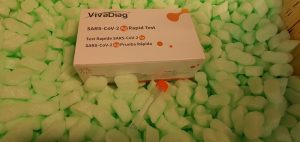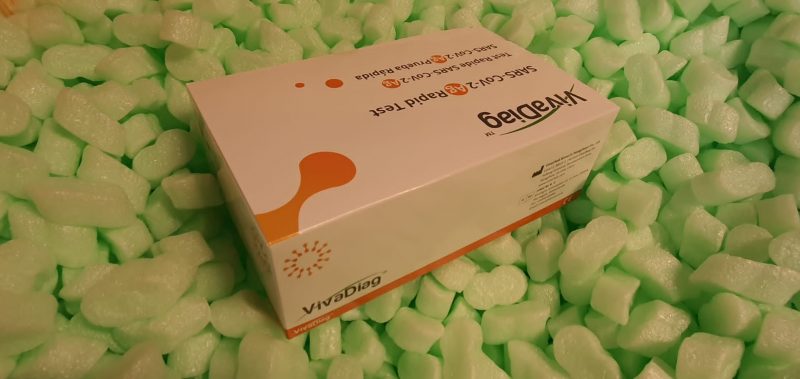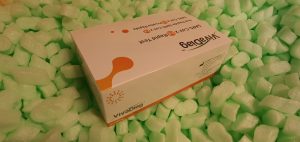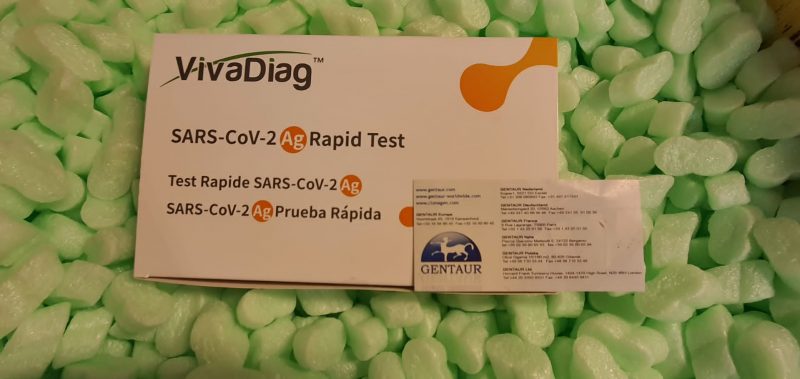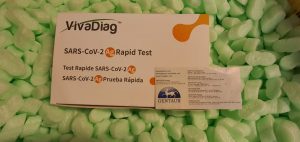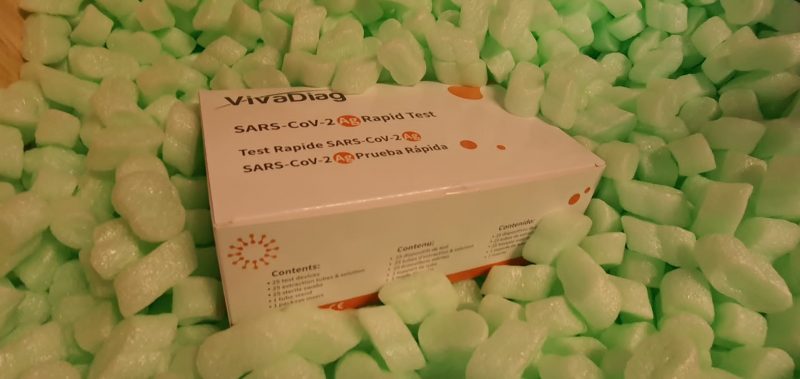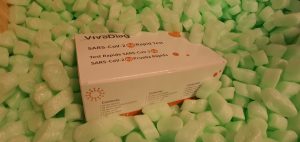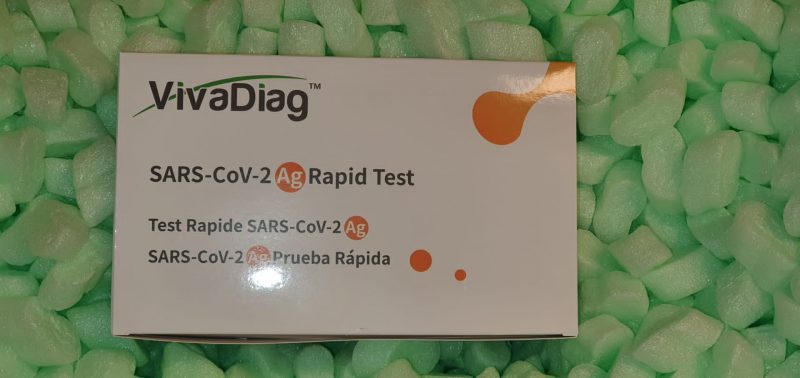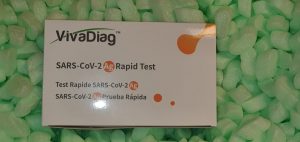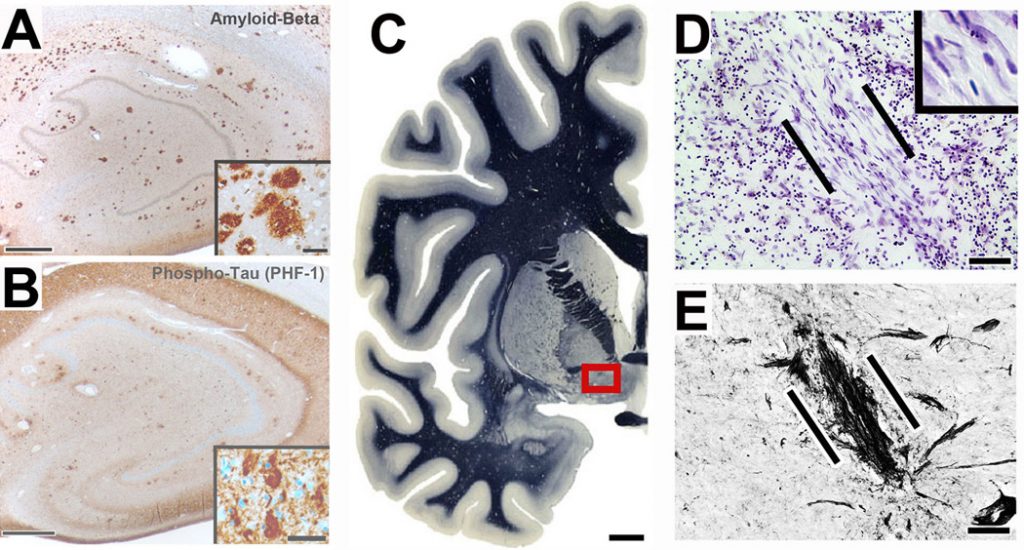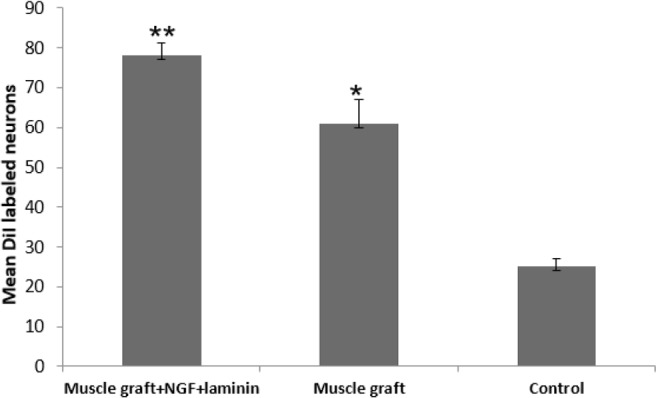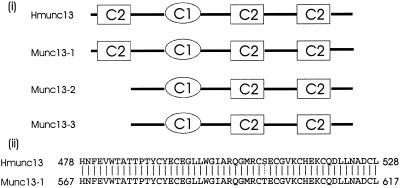This research aimed to analyze serum levels of neurotrophins, together with brain-derived neurotrophic factor (BDNF), glial-derived neurotrophic factor (GDNF), nerve development factor (NGF) and neurotrophin-3 (NTF3), and hypothalamic-pituitary-adrenal axis (HPA) members together with adrenocorticotropic hormone (ACTH) and cortisol in children with obsessive-compulsive disorder (OCD).
The attainable relationships between serum neurotrophins and HPA axis members have been additionally addressed. A complete of 60 medication-free children with OCD and 57 controls aged 8-18 years have been enrolled in this research. The severity of OCD signs was decided by the Children’s Yale-Brown Obsessive Compulsive Scale. The severity of tension and despair signs have been assessed by self-report inventories.
The serum levels of neurotrophins, ACTH, and cortisol have been measured utilizing enzyme-linked immunosorbent assay kits. Serum BDNF levels have been considerably increased in the OCD group than in the management group for both intercourse and for the entire pattern. Compared to controls, serum ACTH levels have been considerably increased in the OCD group for the entire pattern.
An evaluation of covariance was additionally performed for the entire pattern and indicated that, whereas controlling the potential confounders, together with body-mass index percentile, age, intercourse, and the severity of despair and nervousness, the outcomes didn’t change. Strong adverse correlations between BDNF, NGF and NTF3, and HPA axis members have been decided in the affected person group for both intercourse and for the entire pattern. These findings recommend that dysregulations of BDNF and ACTH could also be associated with childhood OCD.
Furthermore, there could also be inverse relationships between sure neurotrophins and HPA axis members in these sufferers. These outcomes will function an preliminary step to develop instruments for refining cell alternative therapies primarily based on grafted human induced dopaminergic neurons loaded with functionalized magnetic nanoparticles in Parkinson mannequin programs.
TET dependent GDF7 hypomethylation impairs aqueous humor outflow and serves as a possible therapeutic goal in glaucoma
Glaucoma is the main reason for irreversible imaginative and prescient loss, affecting greater than 70 million people worldwide. Circulatory disturbances of aqueous humor (AH) have lengthy been central pathological contributors to glaucomatous lesions. Thus, concentrating on the AH outflow is a promising method to deal with glaucoma. However, the epigenetic mechanisms initiating AH outflow issues and the focused therapies stay to be developed. Studying glaucoma sufferers, we recognized GDF7 (Growth Differentiation Factor 7) hypomethylation as a vital occasion in the onset of AH outflow issues.
Regarding the underlying mechanism, the hypomethylated GDF7 promoter was liable for the elevated GDF7 manufacturing and secretion in POAG. Excessive GDF7 protein promoted trabecular meshwork (TM) fibrosis by means of BMPR2/Smad signaling and up-regulated pro-fibrotic genes, α-smooth muscle actin (α-SMA) and fibronectin (FN). GDF7 protein expression fashioned a constructive suggestions loop in GTM.
This constructive suggestions loop was depending on activated TET (ten-eleven translocation) enzyme, which saved GDF7 promoter area hypomethylated. The phenotypic transition in TM fortified the AH outflow resistance, thus elevating the intraocular strain (IOP) and attenuating the nerve fiber layer. This methylation dependent mechanism can be confirmed by a machine-learning mannequin in silico with a specificity of 84.38% and a sensitivity of 89.38%.
In rhesus monkeys, we developed GDF7 neutralization remedy to inhibit TM fibrosis and consequent AH outflow resistance that contributes to glaucoma. The neutralization remedy achieved high-efficiency management of the IOP (from 21.3±0.Three to 17.6±0.2 mmHg), a three-fold enchancment in the outflow facility (from 0.1 to 0.Three μl/min·mmHg), and safety of nerve fibers. This research supplies new insights into the epigenetic mechanism of glaucoma and proposes an modern GDF7 neutralization remedy as a promising intervention.
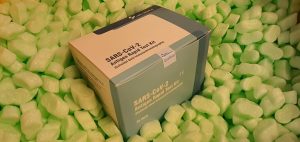
Magnetic spatiotemporal management of SOS1 coupled nanoparticles for guided neurite development in dopaminergic single cells
The axon regeneration of neurons in the mind will be enhanced by activating intracellular signaling pathways comparable to these triggered by the membrane-anchored Rat sarcoma (RAS) proto-oncogene. Here we exhibit the induction of neurite development by expressing tagged completely energetic Harvey-RAS protein or the RAS-activating catalytic area of the guanine nucleotide change factor (SOS1cat), in secondary dopaminergic cells.
Due to the tag, the expressed fusion protein is captured by functionalized magnetic nanoparticles in the cytoplasm of the cell. We use magnetic ideas for distant translocation of the SOS1cat-loaded magnetic nanoparticles from the cytoplasm in direction of the inside face of the plasma membrane the place the endogenous Harvey-RAS protein is positioned.
Furthermore, we present the magnetic transport of SOS1cat-bound nanoparticles from the cytoplasm into the neurite till they accumulate at its tip on a time scale of minutes. In order to scale-up from single cells, we present the cytoplasmic supply of the magnetic nanoparticles into massive numbers of cells with out altering the mobile response to nerve development factor.
The central nervous system (CNS) doesn’t recuperate from traumatic axonal harm, however the peripheral nervous system (PNS) does. We hypothesize that this basic distinction in regenerative capability could also be primarily based upon the absence of stimulatory mechanical forces in the CNS because of the protecting rigidity of the vertebral column and cranium.
[Linking template=”default” type=”products” search=”Nerve growth factor inducible Antibody” header=”2″ limit=”140″ start=”4″ showCatalogNumber=”true” showSize=”true” showSupplier=”true” showPrice=”true” showDescription=”true” showAdditionalInformation=”true” showImage=”true” showSchemaMarkup=”true” imageWidth=”” imageHeight=””]
We developed a bioreactor to use low-strain cyclic axonal stretch to grownup rat dorsal root ganglia (DRG) linked to both the peripheral or central nerves in an explant mannequin for inducing axonal development. In response, bigger diameter DRG neurons, mechanoreceptors and proprioceptors confirmed enhanced neurite outdevelopment in addition to elevated Activating Transcription Factor 3 (ATF3).


